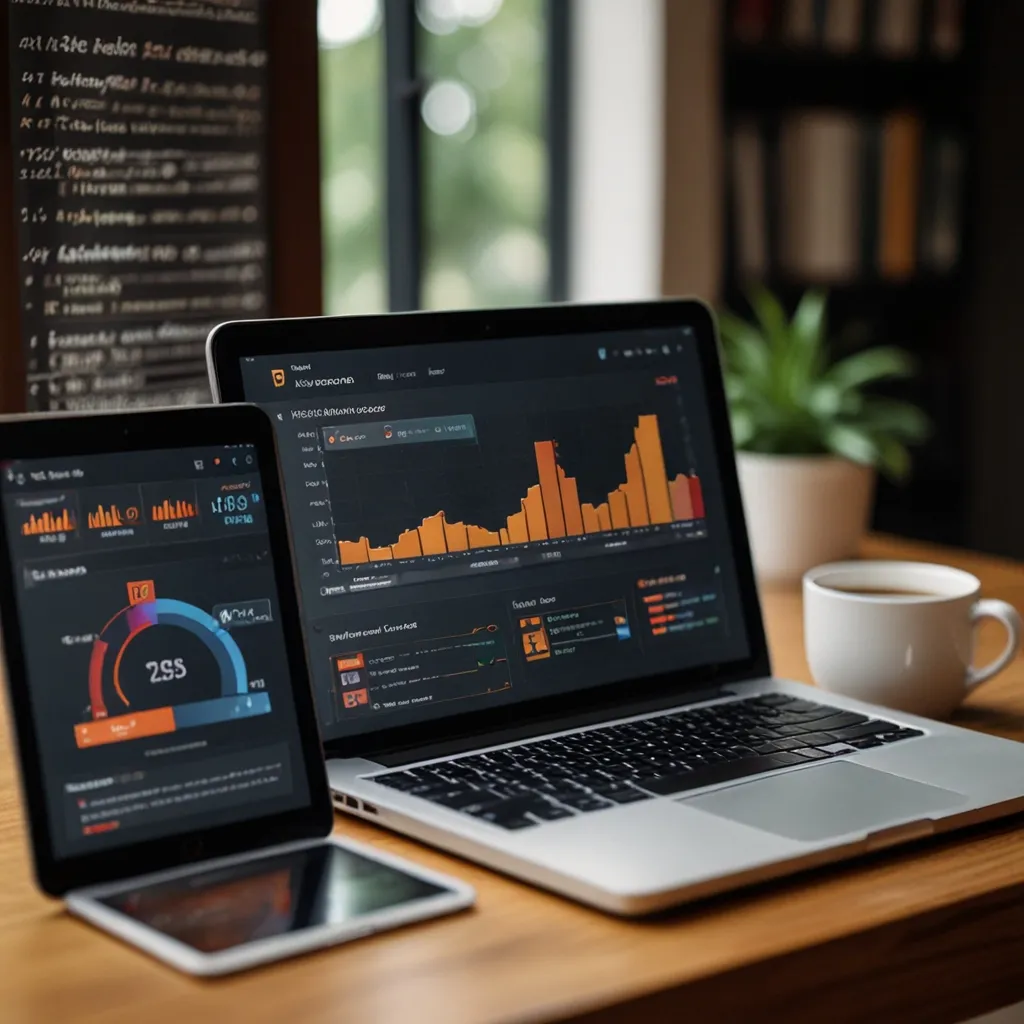Let’s talk about making your website faster and more responsive, which isn’t just about keeping visitors happy—it’s crucial for driving engagement and maintaining a good search engine ranking. So, here’s a breakdown of some key techniques and best practices to speed up your website.
First off, let’s get real about the speed of your site. We all know that waiting for a slow-loading page is a bummer, right? Users bail pretty quickly if things don’t load almost instantly, and this can kick up your bounce rates and sink user satisfaction. Just a 1-second delay can lead to a 7% reduction in conversions, which isn’t pocket change for any business. Google also loves a fast website, so quicker load times can even boost your visibility on search engines.
A major hack is minimizing HTTP requests. Every component on your page—images, stylesheets, scripts—comes with an HTTP request. The fewer of these you have, the faster your site loads. Combine your files where possible, dabble with CSS sprites, and trim down the number of iframes to make a significant impact.
Another key aspect is optimizing your files. Minifying and compressing can do wonders here. This means cleaning up your code by removing needless spaces, comments, and characters, and compressing files using tools like Gzip to reduce their size. Smaller files mean quicker loads.
Caching is another superpower you should be utilizing. Browser caching lets users store frequently accessed files—like images, CSS, and JavaScript—on their computers for a while, so these files load from the local cache instead of the server. Server-side caching keeps commonly accessed data in memory or on disk, cutting down on server response times.
Don’t overlook image optimization, either. Images often hog a lot of loading time due to their size. Properly optimizing images—by using the right file formats, compressing, resizing, and using responsive images—can lighten this load. Tools like Adobe Photoshop, ImageOptim, and TinyPNG can help you compress images without losing quality.
Moving your content nearer to your users through CDNs, or Content Delivery Networks, can also step up your game. CDNs distribute your site across multiple servers around the globe, shortening the distance your data has to travel. This can significantly speed up your site, especially for users far from your main server.
Don’t forget to treat your above-the-fold content like prime real estate. This is the stuff users first see without scrolling. Get this content to load first—think your logo, main menu, and headline—to instantly capture attention and improve the user experience right off the bat.
Another tip is to avoid unnecessary redirects and 404 errors. These can really slow things down. Make sure all your links are correct to dodge these pitfalls. Nailing down your link accuracy prevents browsers from wasting time on hopeless requests.
Also, consider the role of cookies. These little data packets can slow down your website if they’re too large. Keeping cookie sizes minimal and eliminating unnecessary cookies can help speed things up. Set appropriate expiration dates for your cookies so they get cleaned up timely.
With the majority of traffic coming from mobile devices nowadays, optimizing for mobile is non-negotiable. Use responsive web design and make sure your site stays slick across various devices and browsers. Regularly test for mobile-friendliness to catch and fix any issues specific to mobile users.
Regularly monitor your site’s performance. Tools like Google PageSpeed Insights, GTmetrix, and Pingdom can help measure how your site is doing and offer useful suggestions for speeding things up. Frequent audits and reports can keep you ahead of performance issues that could trip up user experiences.
Be mindful of the plugins and extensions you use. While they can add fantastic features, they can also drag your site’s speed down if overdone. Stick to what’s necessary and ditch any that are just gathering digital dust.
Your theme matters more than you might think. Lightweight themes with minimal functionalities will generally lead to faster websites. Choose themes optimized for speed to ensure your website remains nimble.
ETags and Expires headers are also worth configuring correctly. ETags help browsers determine if a resource has changed, while Expires headers tell the browser how long a resource should be cached. This can reduce HTTP requests and speed up page loading.
Avoid using CSS expressions and filters in your code as these can slow down your website. Stick to more efficient CSS techniques to achieve the same visual effects without sacrificing speed.
Develop smart event handlers to keep your JavaScript running smoothly. Reducing the number of DOM accesses and improving the efficiency of your JavaScript code can markedly improve performance.
Lastly, remember the importance of testing and evaluating performance. Before jumping into optimization, check your current site speed and figure out what’s causing the slowdown. Use those handy tools like Google PageSpeed Insights, GTmetrix, and Pingdom to gauge important metrics such as time to first byte, first contentful paint, largest contentful paint, and overall page load time. Regular testing helps you spot issues and prioritize fixes, ensuring your site performs great on all devices and browsers.
By following these techniques and best practices, you can boost your website’s speed and responsiveness a lot. This doesn’t just mean technical optimization; it’s about providing a smooth, fast, and enjoyable experience for every user who drops by your site. So, roll up your sleeves and get optimizing for a happier, more engaged audience!






